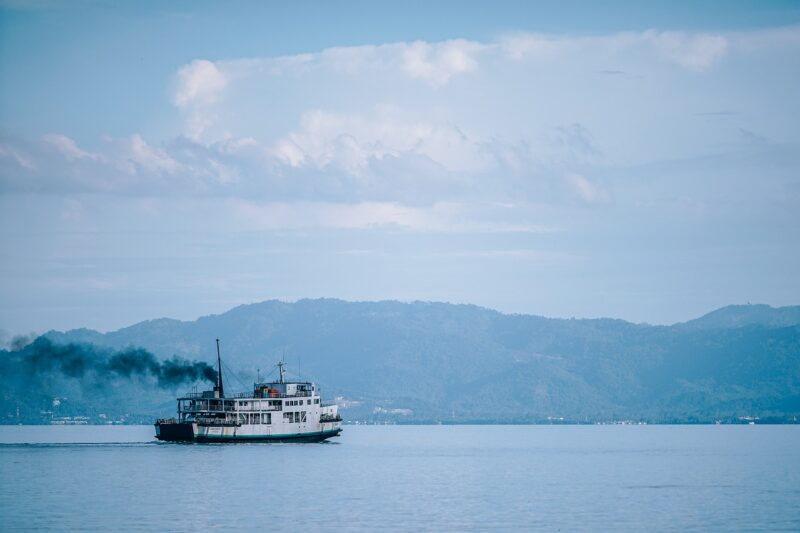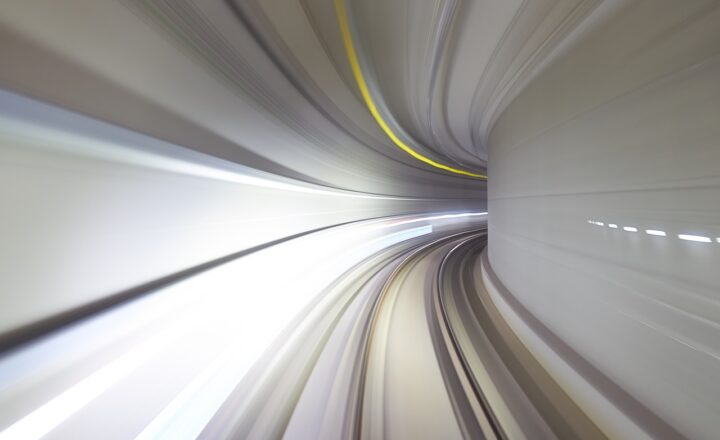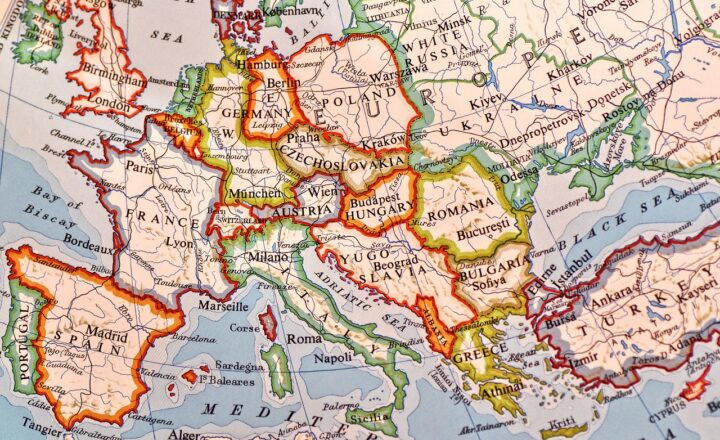How Ferries Are Built to Navigate Some of the World’s Roughest Waters
November 11, 2024

Ferries are an essential part of transportation in many regions, especially those that are surrounded by water, rely on island access, or boast extensive inland waterways. These vessels are not only designed for efficiency and cost-effectiveness but also built to endure some of the most challenging marine environments. In this article, we will explore the engineering marvels behind ferry design and construction, focusing on how they withstand rough waters, unpredictable weather, and other maritime challenges.
1. The Importance of Ferries in Maritime Transportation
Ferries serve as a lifeline for communities separated by bodies of water. They accommodate passengers, vehicles, and freight, bridging the gap between landmasses. Their significance extends beyond transportation; they often stimulate local economies and contribute to tourism. With coastal and island communities increasingly reliant on these vessels, understanding how ferries are built to handle adverse conditions becomes crucial.
2. Understanding the Challenges of Rough Waters
Rough waters pose unique challenges to ferry design. Factors like wave height, wind speed, and current can make navigation treacherous. Engineers and designers consider various elements when constructing ferries to ensure reliability and safety in tumultuous conditions:
- Wave Dynamics: Ferries must be built to withstand high waves, which can cause them to pitch, roll, and yaw. Understanding how waves interact with the hull is vital in choosing the right design.
- Wind Resistance: Strong winds can affect ferry stability, requiring them to have aerodynamic features that minimize the impact of gusts.
- Current and Tides: Engineers account for the effects of marine currents and tidal changes to ensure that ferries can land safely and operate efficiently.
These factors not only guide the design of ferries but also influence their operational limits in various weather conditions.
3. The Design Process: A Blend of Art and Science
Designing a ferry requires a sophisticated blend of engineering skills, artistic flair, and practical considerations. The design process typically involves the following stages:
- Conceptual Design: Ideas are sketched and modeled, incorporating requirements based on intended routes and passenger needs. Safety and hull stability are primary considerations in this phase.
- Hydrodynamics Testing: Computational fluid dynamics (CFD) simulations help predict how the vessel will behave in water. Models may undergo testing in wave tanks to gauge performance under various conditions.
- Material Selection: Ferries are often constructed with high-strength steel or aluminum, offering durability without excessive weight. Corrosion-resistant materials are especially important for vessels operating in harsh marine environments.
4. Hull Design: The Key to Stability and Safety
The hull is the foundation of any vessel, especially for ferries navigating rough waters. Several hull designs have been developed, each with specific advantages:
- Catamaran Hulls: These vessels feature two parallel hulls, providing enhanced stability and reduced wave impact, making them ideal for rough water.
- Monohull Designs: While traditional, modern monohulls incorporate various shapes to minimize resistance and maintain stability in waves.
- Deep-V Hulls: These hulls effectively cut through waves, allowing for better handling in turbulent seas.
Each design choice influences not just safety and performance but also fuel efficiency and operational costs, making it a significant decision for ferry construction.
5. Advanced Technology for Increased Resilience
Modern ferries are equipped with advanced technologies that enhance their resilience on the water:
- Stabilization Systems: Active stabilizers and ballast systems are used to counteract rolling caused by waves, ensuring a smoother ride for passengers and cargo.
- Navigation Systems: Cutting-edge GPS, radar, and sonar technologies improve situational awareness, allowing crews to make informed decisions in adverse weather.
- Real-time Monitoring: Sensors integrated into the vessel can provide real-time feedback on structural integrity and performance under stress, allowing for preemptive maintenance.
These technologies not only enhance safety but also contribute to fuel efficiency and sustainability, aligning with modern maritime policies.
6. Construction Techniques for Robust Ferries
Ferry construction employs specialized techniques to ensure the strength and durability of the vessel:
- Modular Construction: This approach involves building different sections of the ferry separately before joining them together, enhancing production efficiency.
- Welding and Joining Methods: Advanced welding techniques are essential in maintaining the structural integrity of the hull. High-quality welding ensures that joints can withstand the pressures of the sea.
- Coating and Protection: A protective coating is applied to prevent corrosion, a common enemy of marine vessels. Regular maintenance and inspections ensure that the ferry remains in optimal condition.
These techniques contribute to the longevity of ferries, allowing them to operate safely even in challenging maritime environments.
7. Conclusion: Ensuring Safety and Reliability
The world’s ferries are incredible engineering feats built to navigate some of the roughest waters. Through sophisticated designs, advanced technologies, and robust construction techniques, these vessels provide safe and reliable service across major waterways.
With climate change affecting weather patterns and increasing unpredictability in marine conditions, the engineering and naval architecture of ferries will continue to evolve. As we look forward to the future of maritime transport, it becomes clear that innovation and resilience are paramount in continuing to serve the communities that depend on these vital connections.







